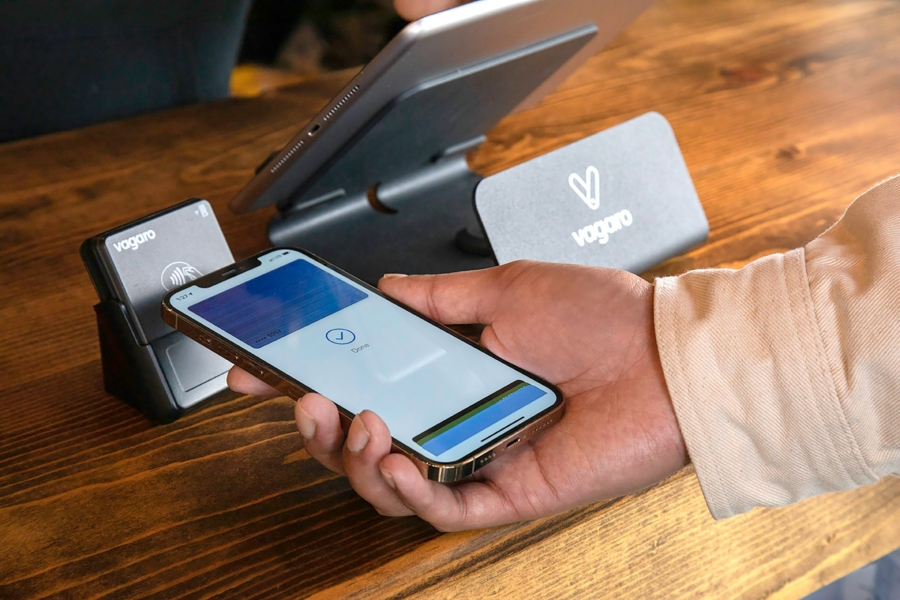Apple Pay Makes Landing in South Korea
I had written the introduction for this op-ed in 2012, and the op-ed was in making since. It began with Apple’s stance on NFC, whether the NFC on smartphones will become the next de facto standard, especially against chip-and-pin and contactless. And not so surprisingly, with Apple Pay introduced only in the United States in 2014, and increasingly more number of countries adopting EMV, the answer was self-evident. Users prefer the convenience and safety of Apple Pay or Google Pay for Android, if not the contactless from their plastic cards.
South Korea, officially, began supporting Apple Pay in 2023. It is remarkably late for a country that has been supporting Samsung Pay since 2015. Though it must be noted that the version of Samsung Pay used in Korea was relying on good ol’ magnetic strip mimicry; so the existing point-of-sales machines weren’t upgraded as quickly. In the same year, there was an EMV mandate — a liability shift — in the US to encourage consumers and merchants alike to either renew or upgrade their respective cards and machines, whereas South Korea began shifting to chips in 2015 and banned magnetic in 2018, only to give special passes on Samsung Pay and LG Pay — a bad move, if the infrastructure to be truly incentivized to move forward.
With Hyundai Card finally supporting Apple Pay in 2023, finally a foreign smartphone payment system became available. It raised certain questions immediately, only to be quietly brushed off: one. whatever became of ‘technical differences’ in payment systems that barred Apple Pay, two. whatever became of ‘institutional differences’ in payment systems that made Apple Pay unattractive, and three. will other credit cards support Apple Pay. I won’t go into details behind the rumors and misinformation — now disproven by multiple reliable sources — surrounding the industry in Korea; the key factor behind the unusual delay seems to stem from the reluctance on the credit card companies’ part. Google Pay, for similar reasons, has not made its contactless payment available in Korea yet, even though the necessary upgrades would have been done by now to support Apple Pay.
The biggest downer for all, not just Koreans, but for the visitors from abroad, was the lack of T-money support — public transit fare payment method. Again, the rumors at the time hinted proprietary hardwares on iPhones make the integration difficult. Now T-money has officially announced Apple Pay will be supported on its network, some of the tech journalists and analysts are openly holding the city of Seoul, the largest shareholder behind T-money, responsible for the delay.
The news is hitting the fan like no other, as more credit card companies are jumping aboard to support Apple Pay. There are at least two companies that had terms and services pages for Apple Pay leaked, and four more known to work with Apple on the matter. Not to mention major commercial platforms (e.g. Naver Shopping) that are beginning to support Apple Pay. Hopefully Google Pay would be able to chime in, as now seems to be the time to bring contactless payments to Android smartphones. The benefit would go around, not just for smartphones sold in Korea, but for traveling Android users who are accustomed to Google Pay. Contactless payment might finally become a thing in Korea.
